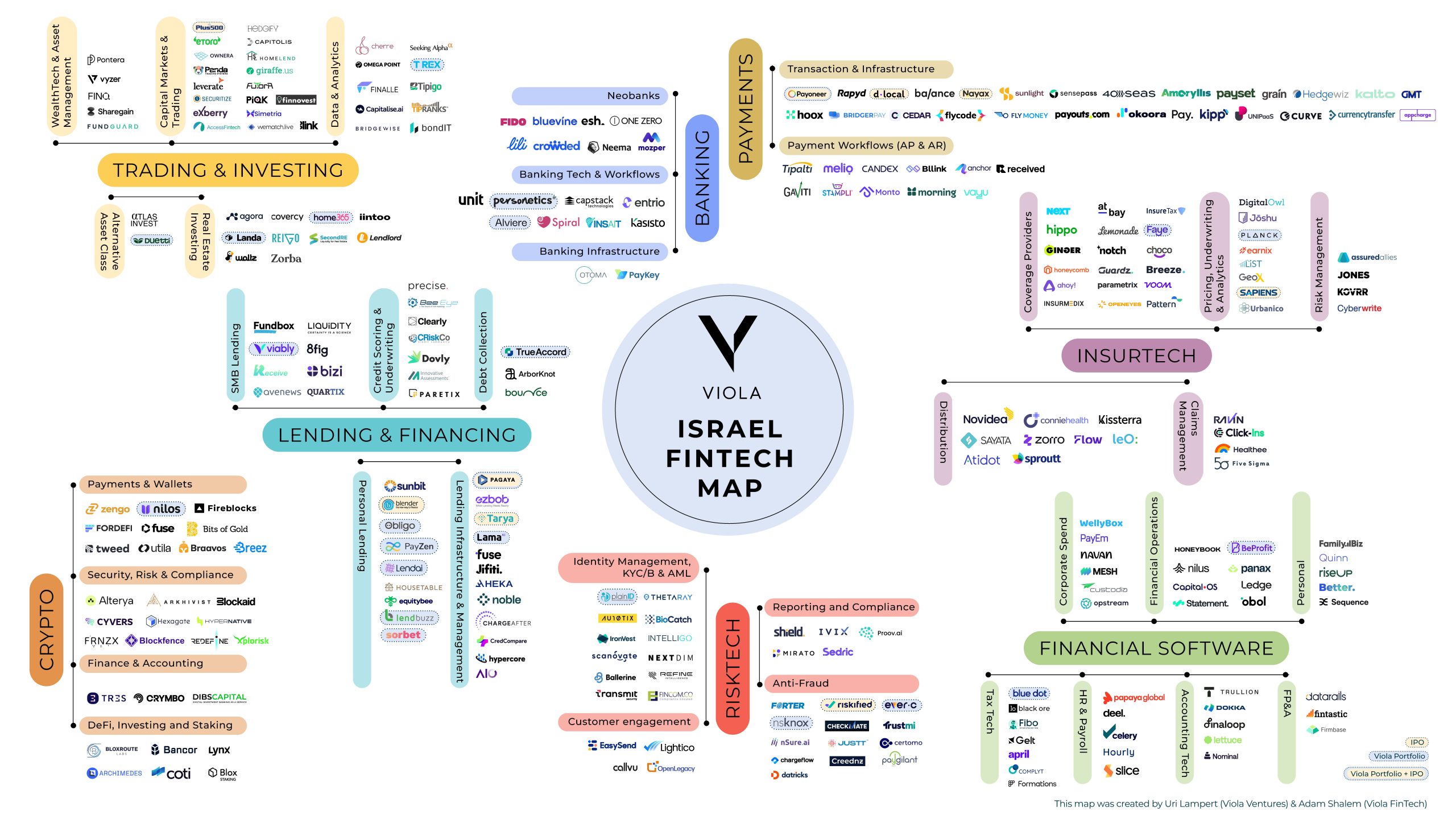I recently returned from the Money 20/20 conference in Las Vegas, the industry gathering that attracts the global fintech community – enterprises, startups, financial institutions, and investors alike.
During the three days of content, discussions and meetings, one couldn’t help but notice that fintech is now “eating the world” – financial services are not only expanding within fintechs and banks but are also being introduced, at a very high clip, by non-traditional players.
Here are four trends that make fintech ubiquitous, everywhere and anywhere:
1. Legacy fintechs continue to expand their offerings
Legacy fintech companies, if we can call them that already, are expanding their offerings. Companies that once offered niche products are broadening their footprint. Here are a few recent
 SoFi
SoFi
What it started out offering: Student loans
What else it offers now: Loans, insurance, investing, banking, mortgages
 Blue Vine
Blue Vine
What it started out offering: Lending for small- and medium-sized businesses
What else it offers now: Lines of credit, invoice factoring, term loans, full-stack digital banking services (debit cards, checking accounts, etc.)
 Betterment
Betterment
What it started out offering: Automated investing
What else it offers now: Access to human advisors, savings and checking accounts, turnkey 401(k) platform for businesses
2. Tech giants are making inroads
Though the field is becoming more crowded with overlapping fintech offerings, tech giants are coming in strong. Amazon, for example, already a player in payments & insurance/warranties, is now offering utility bill payments via Alexa. Uber will start offering its 4 million drivers a dedicated account with expense management and credit/debit cards through its Uber Money program. Walmart is expanding its global remittance services. Not to mention the previously-announced Apple Card and Facebook’s Libra currency aspirations.
3. BaaS is making fintech accessible to all
There has been a recent flurry of Banking as a Service (BaaS) companies providing opportunities for either banks who can leverage their platforms (tech infrastructure, regulatory licenses, cost of capital, etc.) to compete with challenger banks by partnering with BaaS players and/or directly with enterprises (e.g BBVA); or for enterprises/brands to seize the fintech opportunity in a relatively seamless way. Green Dot, Synapse, and Solaris are a few BaaS examples with enterprise partnerships, with many others operating publicly or still in stealth mode.
4. Fintech expansion into new markets
Fintech companies continue to look for white spaces and enter new markets with tailor-made solutions. This is not a new trend – we have seen it in retail, proptech and healthcare. On the latter, Viola Ventures recently made an investment in PayZen which still operates in stealth, so more about that in a separate post.
At Money 20/20, the new flavor du jour was fintech for the cannabis industry. Whether this segment will prove to become an independent fintech category that matters is too early to tell. But the expectation is that fintechs will continue to look for verticals that were historically underserved and disrupt them.
Where are we headed? My prediction is that fintech will become even more mainstream. The realization that an enterprise or brand, whether tech or non-tech, can leverage their loyal customer base and proprietary data to offer attractive and bespoke financial services to their audiences is appealing. This is especially true with lower barriers to entry via BaaS providers. Certainly interesting times ahead…





